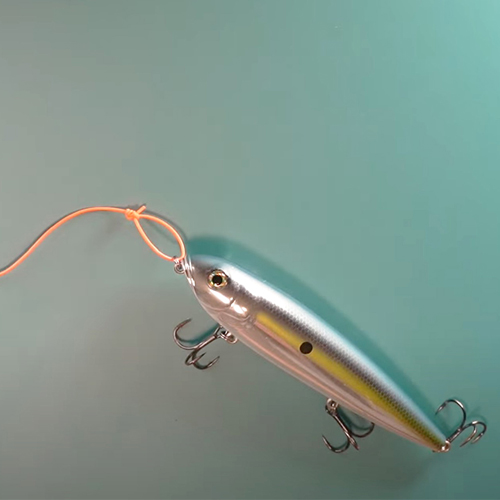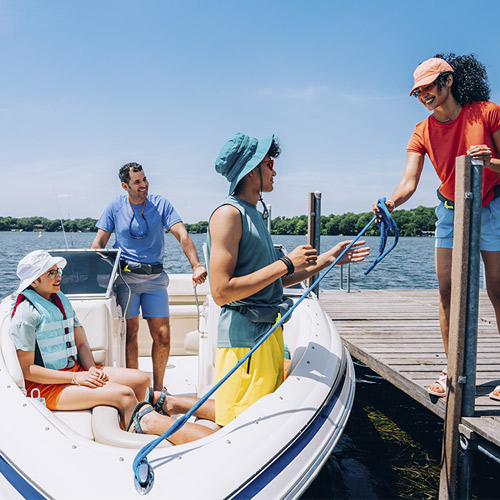Recycling Fishing Line
Reduce your impact on the planet and learn the best environmentally-conscious ways to take care of your old fishing line.
Can You Recycle Fishing Line?
Since discarded fishing line in the environment can be problematic to boaters, beachgoers and wildlife if not taken care of properly, it’s important to understand the options for disposing of old line. The good news is that some types of fishing line can be recycled and melted down into plastic pellets that can be remanufactured into items for fishing like spools as well as for other uses.
But keep in mind that fishing line recycling, meaning, disposal into a collection system specifically intended for old fishing line, is only good for certain types of line. For line that can’t be recycled, there are other options to dispose of it in an eco-friendly manner, which we’ll discuss later.
Types of Recyclable Fishing Line
The first thing to know about recycling old line are the fishing line types that can be collected. The only recyclable and, therefore, the most eco-friendly fishing line, is a single filament, nylon product like monofilament or fluorocarbon – even if it’s colored fishing line.
- Monofilament is a strong, single strand plastic line – and the most common type among anglers
- Fluorocarbon is a single strand of polyvinylidene fluoride
In a landfill, these types of line won’t break down over time, so can pose problems for birds and animals who get tied up in them. That’s why it’s great that they can be recycled.
Other lines, like braided or fused types, can’t be recycled, but there are still ways to handle these discarded lines to minimize their impact on the environment.
Where to Recycle Fishing Line
Once you know that your line can be recycled, it’s important to understand that you can’t place it in your home recycling bin. Instead, you need to find a designated collection station. Start by calling your state’s fish and wildlife department to find out where to go. Or check popular places that accept old line in marked bins placed either inside or outside, including:
- Bait and tackle shops
- Boat ramps
- Piers
- Fishing access points
Keep in mind that only the line itself can be recycled. That means you have to remove any hooks or lures before you place the line in a bin. It’s also essential to make sure the line doesn’t have a lot of plant material or other growth on it before putting it in a collection facility.
If you don’t plan to make a trip to a recycling station every time you have discarded line, it’s a good idea to store your old line until you gather enough to drop it off. You can use something as common as a coffee can or other type of container or buy a storage product made for keeping unwanted line.
Eco-Friendly Fishing Tips
If you don’t have a collection site anywhere near you for old fishing line, you can create your own! You can build a bin with supplies from your local hardware store and the help of a step-by-step video, many of which are online.
If you want to practice eco-friendly fishing but don’t have recyclable line, you’ll want to make sure your unwanted line is properly taken care of to prevent any harm to others or the environment. For example, cut it up into smaller pieces, less than a foot, and make sure to place it in a covered bin so animals can’t get to it.
KEEP LEARNING

How to Tie the Non-Slip Loop Knot
The non-slip loop knot is a popular and reliable choice for securing hooks, lures, and other tackle to your fishing line.
LEARN MORE

Socials
Take me fishing social media links
LEARN MORE

TakeMeFishing x Teen Vogue
Join us on a creative journey as fashion designer Ahmrii Johnson walks us through her collaborative vision and process with Teen Vogue and fashion brand, Rentrayage, to create a special piece.
LEARN MORE


.png?lang=en-US&ext=.png)